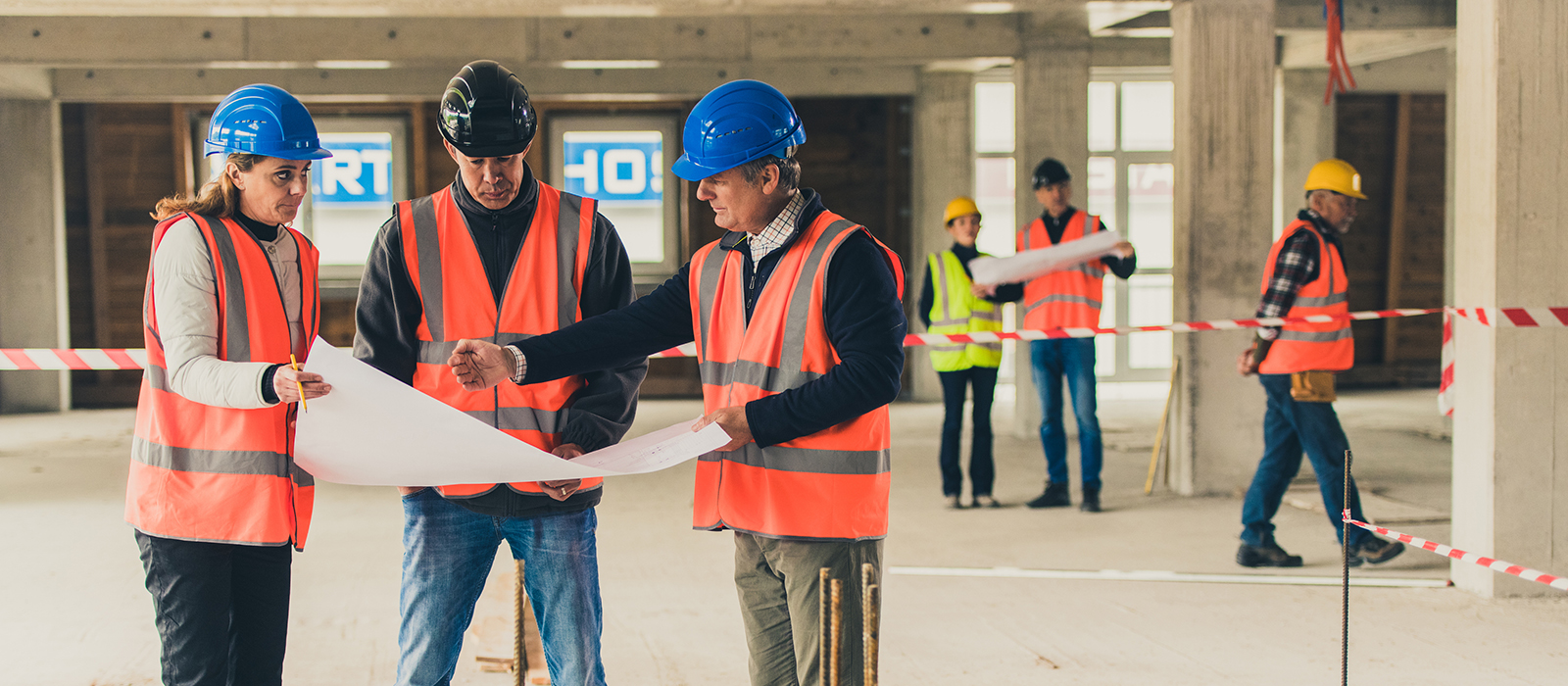CDC and ASHRAE HVAC Guidance for Commercial Buildings: Beware of creating new problems when modifying systems for COVID-19

Across the country employers and building owners and managers are working to ready their buildings to welcome back workers and visitors after the COVID-19 shutdown. Maintaining health-protective workspaces is key for controlling the spread of SARS-CoV-2 (the virus that causes COVID-19) during the pandemic and to help minimize the “second wave”. Building systems can play a significant role in limiting the spread of the SARS-CoV-2 virus in occupied spaces. The Centers for Disease Control and Prevention (CDC) and the American Society of Heating, Refrigerating and Air-Conditioning Engineers (ASHRAE) issued guidance related to the modification of heating, ventilating and air conditioning (HVAC) systems in commercial buildings to help reduce the spread of SARS-CoV-2.
Building and facility managers will face challenging decisions between which measures are necessary and which are feasible, along with making trade-offs between increasing operational costs, energy consumption and capital investments. Building and facility managers should proceed with caution when implementing various HVAC measures to make sure the focus on COVID-19 doesn’t inadvertently create other problems like system degradation, poor indoor air quality and thermal discomfort. Depending on your building’s systems design and capacity you could encounter some pitfalls when implementing the recommendations. This is truly a case of “one size does not fit all”.
CDC and ASHRAE HVAC Guidance for Commercial Buildings
Before we delve into the potential pitfalls, let’s first review the CDC’s and ASHRAE’s guidelines as they relate to modifying HVAC systems to handle the COVID-19 pandemic. Key recommendations are:
- Ensure ventilation systems are operating properly. This involves properly restarting HVAC systems after prolonged shutdowns and checking components and controls for proper function.
- Increase outdoor air ventilation rates to as high as 100%.
- Improve air filtration to MERV13 or higher.
- Increase total airflow supply to occupied spaces.
- Disable demand control ventilation (DCV) controls.
- Check filters to ensure they are within service life and appropriately installed.
- Disable HVAC system occupancy schedules to maximize dilution ventilation.
The goal of the CDC’s recommendations is to reduce disease transmission from airborne particles by increasing outdoor air ventilation and return air filtration efficiency. The CDC’s guidelines for commercial buildings is in alignment with ASHRAE guidelines, which are more detailed. However, before implementing the guidance a facility manager should determine which measures are most appropriate for the system in question and will provide the necessary protection for occupants.
Trading thermal comfort for increased outdoor air ventilation
The goal of increasing outdoor air ventilation is to dilute the concentration of the virus in the air. If your building’s systems can support this it is an effective measure to take, but many systems are not designed to support this. Proceeding despite design limitations can result in poor thermal comfort (temperature and humidity) and increased indoor humidity levels.
Thermal comfort issues may have less of an adverse impact during colder seasons but during summer months they could become a real problem. If occupants find indoor thermal conditions uncomfortable, they may associate poor thermal comfort with poor indoor air quality, and this could heighten occupant concerns about the overall health and safety of the building. Furthermore, an increase in hot and cold complaints could stretch maintenance staff resources thin. The pandemic has created a lot of anxiety about returning to buildings and the workplace. Maintaining appropriate thermal comfort conditions will help build confidence among occupants in the safety of the building.
Increasing outdoor air for buildings in warmer climates will have very different implications than for buildings in cooler climates, particularly with regard to indoor humidity. Increased humidity in a building can quickly lead to problems with surface condensation; and in the longer term if the problem goes unaddressed it will provide conditions conducive to mold issues and material deterioration.
As you consider increasing the outdoor air ventilation, it is important to determine how much is enough. Often you can achieve the same amount of dilution within a space with a lower level of outdoor air if you can achieve better mixing within the occupied space. If achieving higher levels of outdoor air ventilation is not possible or poses risks for your building, consider supplemental filtration or improved air circulation to achieve your goals. A good option is to use portable high-efficiency particulate air (HEPA) filtration systems in spaces to enhance air cleaning of very fine aerosols and achieve a higher effective air exchange rate.
Decreased air flow at the cost of increased filtration
The CDC and ASHRAE recommend increasing filtration at the air handlers to MERV13 or higher. Increased filtration will provide cleaner air, but it also adds a restriction on your fan that wasn’t there before, and the resulting increase in pressure drop could cause a decrease in airflow. Increasing fan speed at the air handler to compensate for the added restriction may resolve the issue, but there will be an energy penalty. You may have to choose between higher efficiency filtration or maintaining the desired airflow. If the decrease in airflow is significant, a better option is to use HEPA filtration systems locally in the space.
Disabling occupancy schedules at the expense of increased energy usage
The intent of disabling HVAC system occupancy schedules is to provide continuous ventilation to the space to reduce concentrations of the virus in the occupied space. Naturally, operating the HVAC systems continuously will increase energy consumption. Once again, you’re faced with a trade-off but during a pandemic improving the health of the environment is a priority. It is important to bear in mind that running the mechanical systems when there is no one present in the space (such as at night) does not achieve improved dilution since the source of the virus is not present. Rather than fully disabling the occupancy schedule, you could consider expanding it instead to run for an hour or two before people arrive as well as for two hours after people leave to ensure adequate removal of potentially infectious human generated aerosols and odors associated with cleaning activities.
Avoid the Pitfalls: Benchmark Systems to Know What Measures Can Be Implemented Safely
Reviewing the pitfalls described above, it is clear they are largely tied to the design and capacity of your building systems. Benchmarking performance of your existing systems will identify any deficiencies and provide valuable insight into strategies for upgrades to help minimize the transmission of SARS-CoV-2. Without a clear understanding of your desired operating strategies, and how they may relate to installed capacity, means implementing CDC and ASHRAE recommendations related to COVID-19 will likely be a costly process of trial and error.
The benchmark assessment should include review of existing design documents, an inspection of the primary air handling systems, and an assessment of the building controls (building automation system). This is the critical information you need to be able to confidently move forward with making modifications, or investments, to reduce the transmission of SARS-CoV-2 and to understand building systems’ impact on the health and well-being of your employees, customers and visitors.
EH&E’s team offers engineering and environmental health expertise, a combination essential to addressing the challenges of the coronavirus pandemic. We understand building systems and how their performance impacts the transmission of the virus and the health and safety of building occupants. Our COVID-19 Ventilation Gap Assessment will help you identify any system limitations and downsides to implementing CDC and ASHRAE guidelines. To learn more contact us today.
Subscribe
to our blog
"*" indicates required fields




